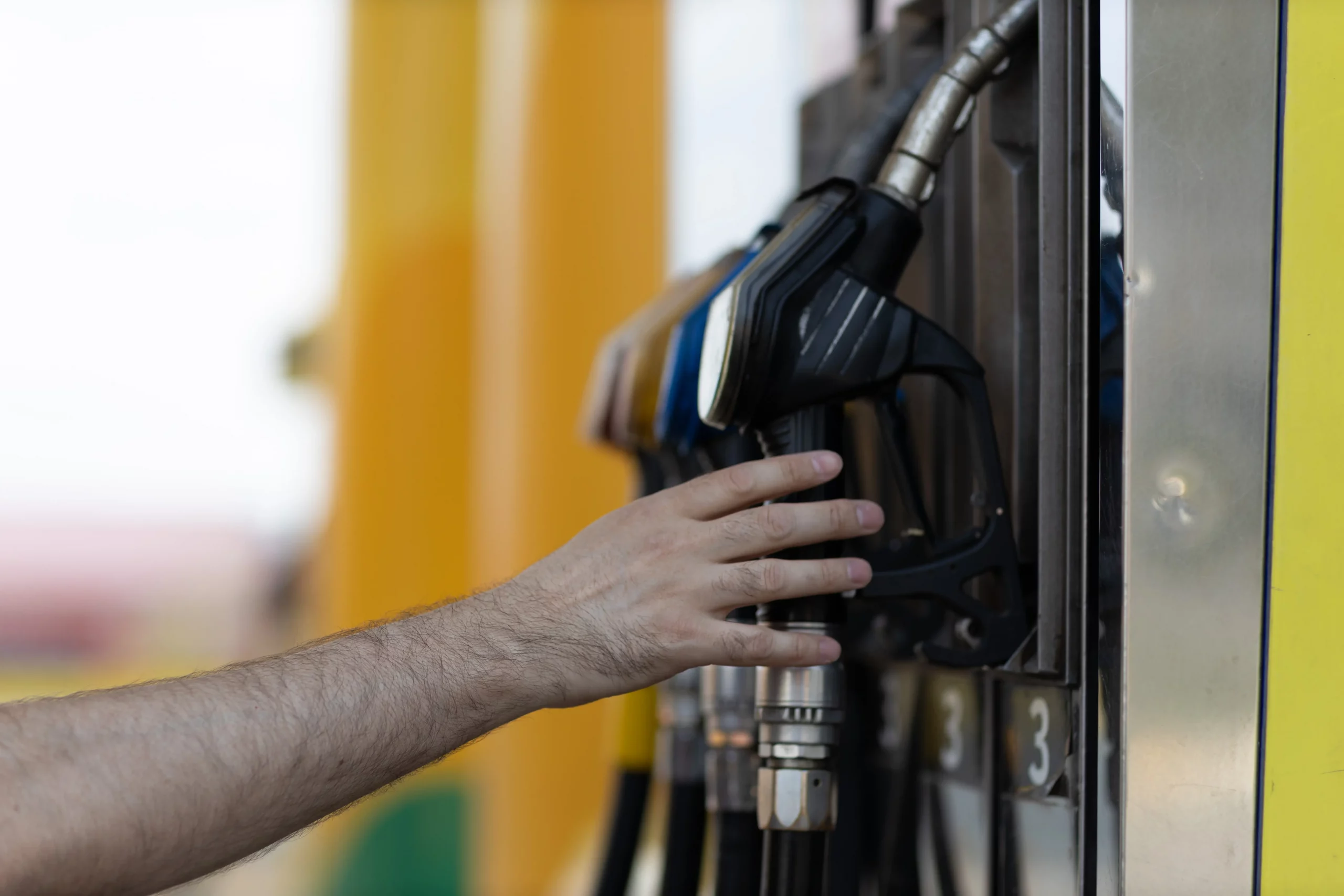In the quest for sustainable and economical transportation solutions, Flex Fuel Vehicles (FFVs) emerge as a noteworthy option. These vehicles, capable of running on a mixture of gasoline and ethanol, represent a stride towards energy diversification. But what exactly is Flex Fuel, and why should you consider it for your vehicle? This article delves deep into the nuances of Flex Fuel technology, exploring its benefits and drawbacks, and providing insights that go beyond the common discussions found on most websites.

Can Flex Fuel Save You Money? Understanding the Economics (PDF)
What is Flex Fuel?
Flex Fuel refers to vehicles that can run on more than one type of fuel, usually a blend of gasoline and ethanol. The most common ethanol blends include E10, E15, and E85, indicating the percentage of ethanol in the mixture. Ethanol is an alcohol-like substance derived from plant materials such as corn or sugarcane, offering an alternative to traditional fossil fuels.
The Birth and Evolution of Ethanol Fuel
The concept of ethanol as a fuel dates back to the oil shortages of the 1970s, which spurred the initial use of ethanol to stretch fuel supplies. It wasn’t until the 1990s, however, that technology and automotive design evolved to reliably accommodate higher ethanol blends, leading to the production of Flex Fuel Vehicles, particularly by American automakers.
Ethanol Blends Explained: E10, E15, and E85
- E10 is the most commonly used ethanol blend in the U.S., consisting of 10% ethanol. It is generally safe for use in all modern vehicles.
- E15, which contains 15% ethanol, was approved by the EPA for use in vehicles from the 2001 model year onwards, despite some controversy regarding its effects on older engines.
- E85 is much higher in ethanol, ranging from 51% to 83%. Vehicles must be specifically designed to handle this high-ethanol blend.
The Pros of Flex Fuel
Economic and Environmental Benefits
- Reduced Dependency on Oil: By using ethanol, we reduce our reliance on imported oil, supporting energy independence.
- Support for Farmers: Ethanol production has created a significant market for agricultural products, particularly corn.
- Cost-Effectiveness: Generally, ethanol blends like E85 tend to be cheaper than regular gasoline, potentially offering cost savings at the pump.
- Higher Octane Levels: E85 has a higher octane rating which can lead to more complete fuel combustion, reducing engine knock and potentially lowering emissions.
| Ethanol Blend | Octane Rating | Cost | Environmental Impact |
|---|---|---|---|
| E10 | 93 | Standard | Low Reduction in Emissions |
| E15 | 94 | Slightly Cheaper | Moderate Reduction in Emissions |
| E85 | 110 | Cheapest | Highest Reduction in Emissions |
The Cons of Flex Fuel
Performance and Environmental Concerns
- Lower Fuel Economy: Vehicles running on E85 can experience a 25% to 30% drop in fuel economy, which might offset the lower price per gallon.
- Environmental Impact: Despite its green credentials, the production of ethanol, especially from corn, has been criticized for being less efficient and potentially more harmful to the environment than previously thought. This includes issues like land use changes and the impact on food supply.
Understanding the Impact of Ethanol on Vehicle Engines
- Risk of Engine Wear and Damage: Ethanol, particularly in higher concentrations like E85, can be aggressive to engine components not specifically engineered for it. This includes potential corrosion of metal parts and degradation of rubber and plastic components, which could lead to costly repairs over time.
- Warranty Implications: It’s crucial to note that using high-ethanol fuel blends may affect vehicle warranties. Some automakers explicitly state that engine damage resulting from fuels like E15 or E85 may not be covered under their standard warranty agreements, underscoring the need for careful consideration before using these fuels in non-approved vehicles.
Identifying a Flex Fuel Vehicle
Flex Fuel Vehicles are often marked with a yellow gas cap or a special badge indicating their capability. You can also check the inside of the fuel filler door for labels or refer to the U.S. Department of Energy’s list of currently available Flex Fuel Vehicles.
Conclusion
Flex Fuel Vehicles offer a blend of economic and environmental benefits by utilizing ethanol, a renewable resource. However, the choice to use high-ethanol fuel blends should be informed by considerations about fuel economy, potential engine damage, and the overall environmental impact. Before switching to or purchasing a Flex Fuel Vehicle, weigh these factors carefully to ensure it aligns with your needs and values.
In sum, while Flex Fuel technology presents an appealing alternative to conventional fuels, it requires a balanced approach to fully reap its benefits and avoid possible downsides. Whether Flex Fuel is a suitable choice depends on individual circumstances, including vehicle compatibility, local fuel prices, and personal environmental and economic priorities.




